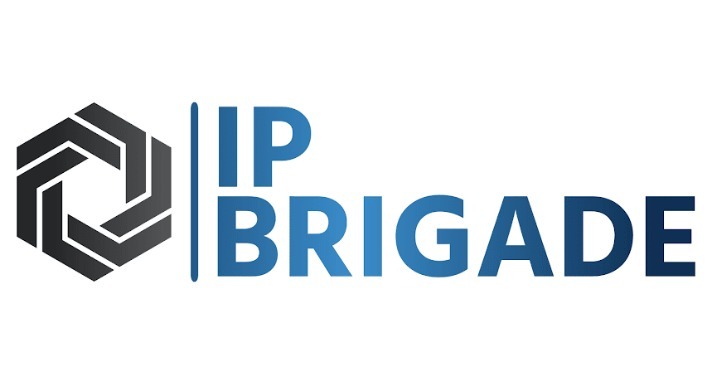When it comes to patent filings, many inventors and designers focus heavily on how their drawings “look.” But in reality, choosing the right drawing type — utility vs. design — is not a creative preference. It’s a legal decision that impacts what you protect, how your application is examined, and the strength of your rights later.
This article breaks down the difference between utility and design patent drawings, why the style matters, and how to choose strategically.
1. Utility Patents vs. Design Patents: The Core Difference
A utility patent protects how an invention works. It focuses on technical functionality — mechanisms, processes, or structures. Drawings are included to support and explain the claims. They can include sectional views, flowcharts, exploded diagrams, or circuit layouts. The USPTO requires that drawings “show every feature of the invention as specified in the claims” (USPTO).
A design patent, on the other hand, protects how something looks. It focuses on the ornamental appearance of a product — shape, surface decoration, or contour. Here, the drawings are the heart of the claim. The claim is defined by “the design as shown,” so any error or omission in the drawings can directly affect your protection (USPTO MPEP §1502).
For example, a new type of water filter mechanism would require utility drawings, while a uniquely shaped bottle design would rely on design drawings.
2. Why Drawing Style Is a Legal Choice
The drawing style you use determines how the patent examiner and courts will interpret your application:
Utility Drawings
Must depict all elements in the claims.
Use hatching for cross-sections and clear linework.
Can include exploded or functional views.
Typically black & white line drawings.
Function is key — not artistic detail.
Design Drawings
Use solid lines to claim features and broken lines to show environment.
Shading (stippling or linear) is used to show surface contours.
Reference numbers are minimal.
Multiple views (front, top, side, perspective) are mandatory.
Precision is critical — the drawing defines the claim.
This difference is why the choice isn’t about what “looks better” — it’s about what you’re legally trying to protect.
3. Common Drawing Mistakes That Can Cost You
Many applicants make errors that seem minor but have big legal consequences:
Mixing broken and solid lines incorrectly in design drawings.
Leaving out views in a design application.
Using artistic shading in utility drawings instead of technical hatching.
Submitting colored drawings without USPTO permission.
Not aligning utility drawings with the actual claim language.
Missing out on internal structure views in utility filings.
Such mistakes can lead to office actions, rejections, or even weaken the enforceability of your patent. Professional drafting ensures compliance with USPTO and international rules.
At IP Brigade, our Patent Drawing Services and Design Patent Drawings solutions ensure that your drawings are legally compliant and ready for filing.
4. Strategic Considerations: Utility, Design, or Both?
Sometimes, the best approach is not “either-or” but both.
If your invention is novel in function and appearance, you can file both a utility and a design patent. This gives broader protection: competitors can’t simply change the appearance to avoid infringement.
Design patents are usually faster and cheaper to obtain, while utility patents provide broader and longer protection. (Dennemeyer)
International strategies may influence drawing formats, as different jurisdictions follow different rules.
Budget and timeline also matter — many startups begin with design filings to get protection quickly.
Ultimately, the choice depends on what part of the invention provides the most value — functionality, appearance, or both.
5. Best Practices to Get It Right
Match the drawing type to your legal protection goals, not design preferences.
Use professional patent draftsmen to avoid technical errors.
Ensure consistency between drawings and claims.
Include all necessary views to avoid gaps in protection.
Follow USPTO and PCT drawing standards strictly.
Consider future filings and international expansion when preparing drawings.
For more detailed tips, check out Sagacious Research’s guide on hatching and shading.
Conclusion
Patent drawings are more than illustrations — they are legal tools. Choosing between utility and design drawings affects what you own, how you enforce it, and how your application is interpreted. It’s essential to approach this decision strategically.
If you’re unsure which drawing type fits your invention best, our team at IP Brigade can help. From utility patent illustrations to detailed ornamental design drawings, we ensure accuracy, compliance, and legal strength.








